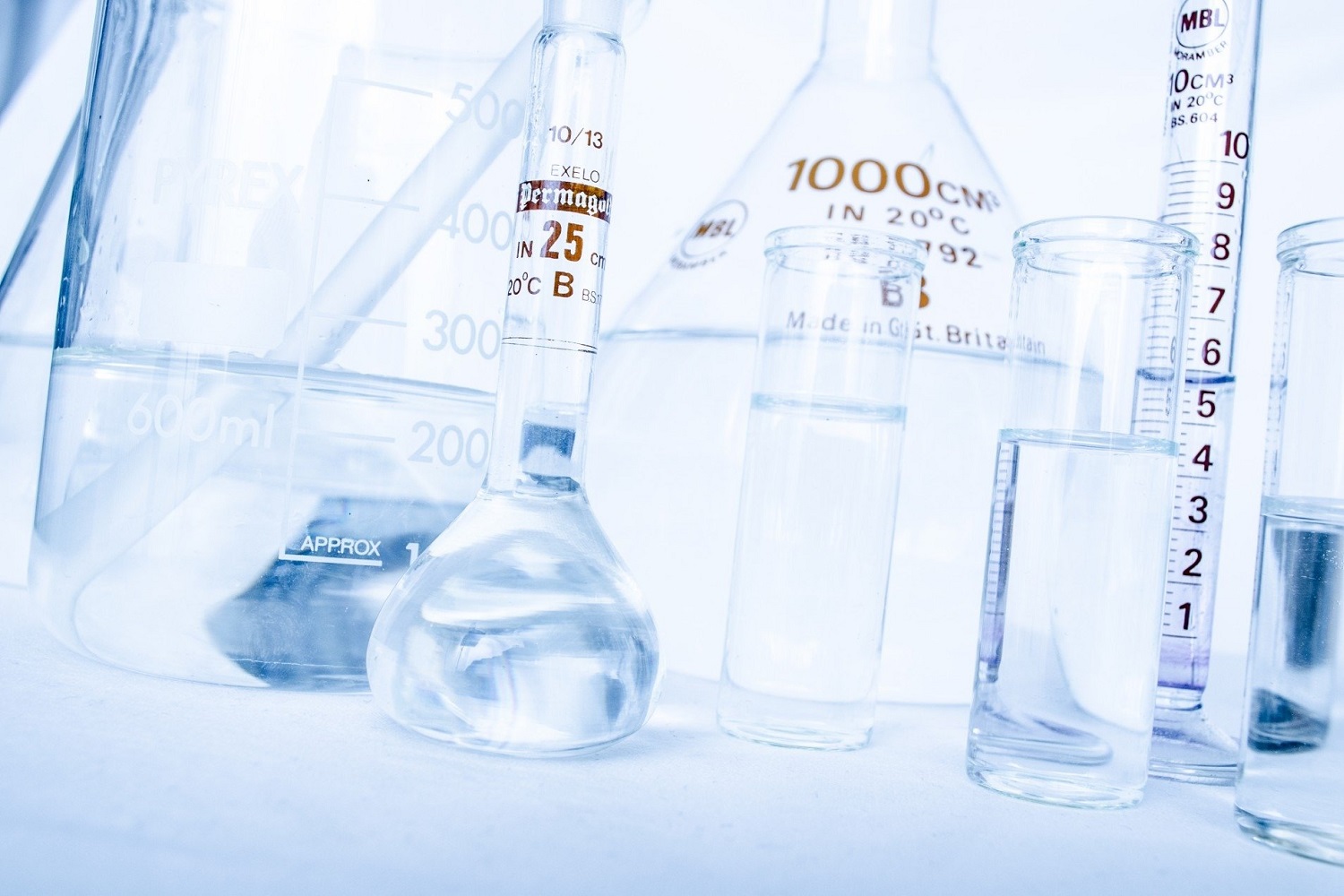Organizing your own home laboratory
A home laboratory is awesome! It is an opportunity to conduct a variety of interesting experiments with almost no prior preparation and with minimal cost.
So, let’s turn on the imagination and see what you can use at home to conduct a variety of interesting experiments.
Let’s start with the things that are in almost every home. The classics of the genre are different jars, bottles, bubbles, all for storing loose substances and different solutions. Ideal are jars from different baby foods (such as purees) and juices. They are very convenient to carry out reactions, using them instead of test tubes. Just remember that nothing can be heated in them!
Naturally, they must all be cleanly washed and dried.
In order not to dirty the table, it is very convenient to use some kind of tray, preferably not multicolored, otherwise it will be poorly visible experiments that go with the color change.
For experiments with heating, you can use an unnecessary tile as a fireproof base.
If you find in the description of the experiment that you need to add the liquid drop by drop, there is no difficulty here, too – a pre-planned home lab can handle this task as well. Use a vial that has a pipette built in. These can be vials from medications (such as chlorhexidine), or plastic jars from contact lens solution.
For pouring various dry substances, allocate a couple of spoons from the kitchen household, which you will use only for experiments, it is better then not to use them for food. If you have (were) young children or acquaintances with young children, you can use measuring spoons from jars of baby food for home experiments. Plastic spoons from various medicines and syrups for children will also work well.
Occasionally there are experiments in which it is necessary to measure a very small volume of liquids such as 2-3 milliliters. At home, liquid medication dispensers or regular disposable syringes are excellent for this purpose.
If you need to measure a large volume, your faithful assistant will be an ordinary kitchen measuring cup for liquids or one that has a label for water. Very useful thing for home experiments!
And in your improvised laboratory you will certainly need various little things like a funnel (homemade or purchased), a regular pharmacy pipette, any iron tweezers (can be from an old manicure set) or tweezers as well as a thin tube for an intravenous system or a rubber tourniquet.
So, open your closets, closets, mezzanine, etc. and start doing a fascinating thing – staffing home laboratory!

